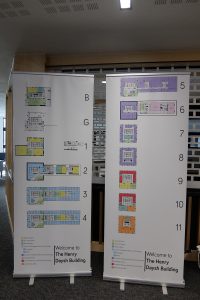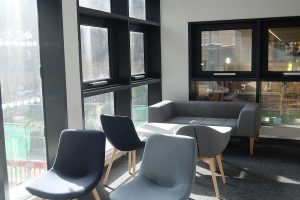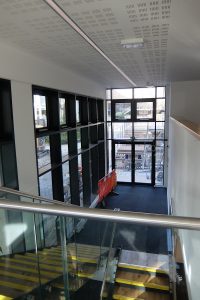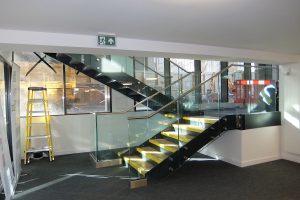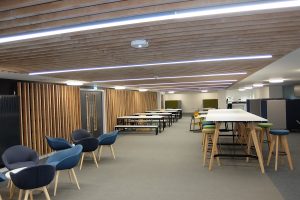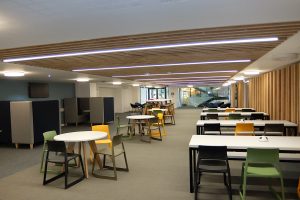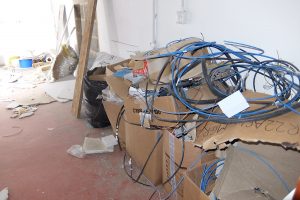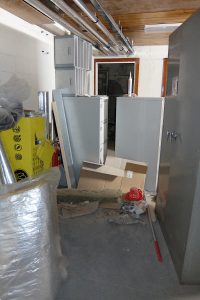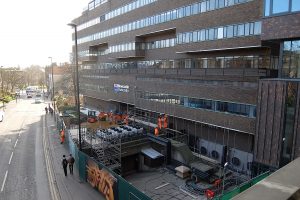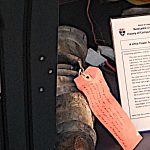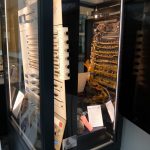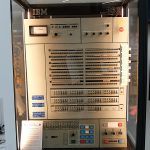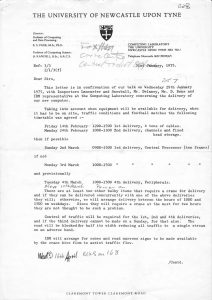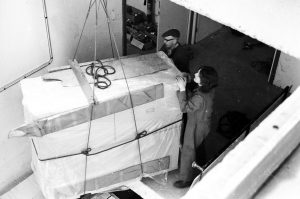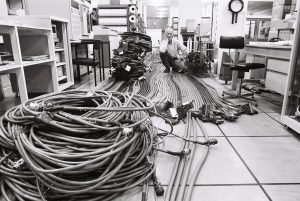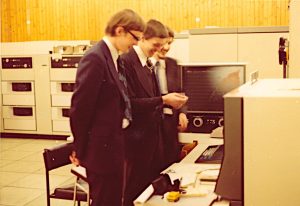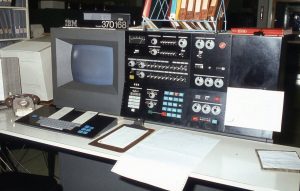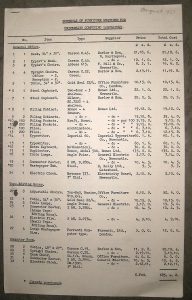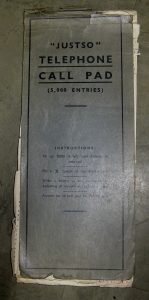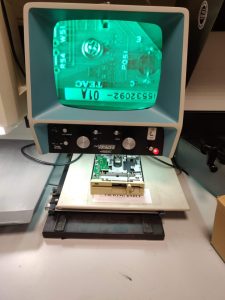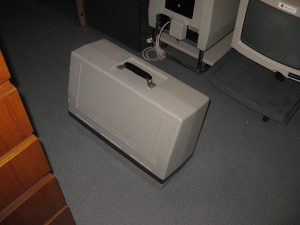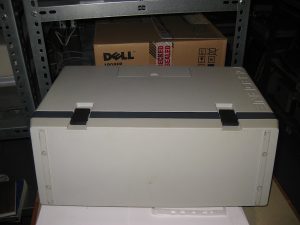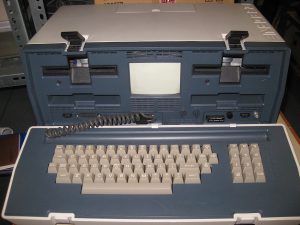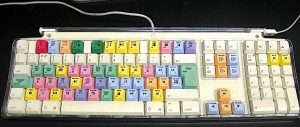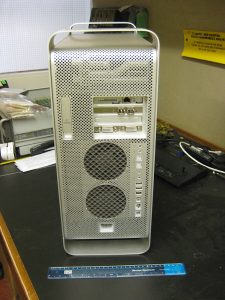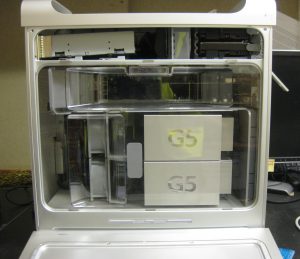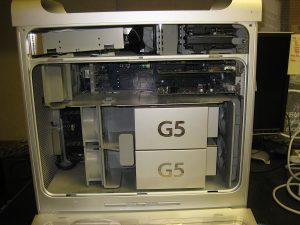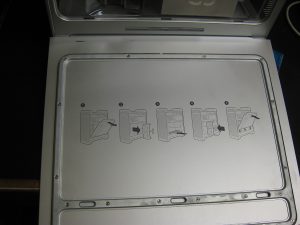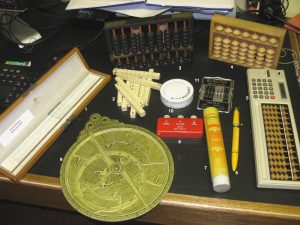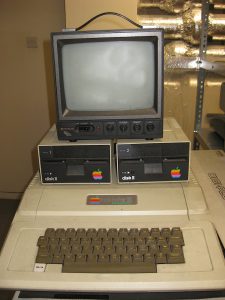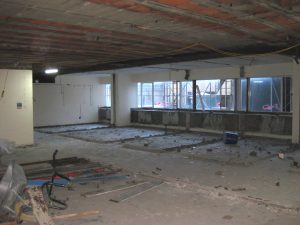It’s been a long time since we last blogged – and with good reason! Like most everything else, we have been impacted by the global COVID-19 pandemic, but the committee has continued to meet and plan throughout. You can look forward to our semi-regular blogging service resuming soon.
After 2 years as Chair of the Historic Computing Committee, Troy Astarte is sadly leaving Newcastle University for pastures new. On behalf of the whole Committee I want to thank Troy for their hard work during their tenure, and wish them all the best in their new adventures.
Troy has some parting words:
From the moment I was first asked to join the Committee in Spring 2019, and the immediately subsequent moment in which I was asked to run it, I have thoroughly enjoyed my time with this group. Inaugurating the new System/360-67 exhibition was probably the greatest achievement in my tenure; keeping the Committee going through COVID was the greatest challenge. This group has achieved so much given the limited resources at its disposal and I am sure the Historic Computing Collection will someday soon realise its true role as a significant resource for engagement, research, and even teaching for Newcastle University and the wider Newcastle community. Stepping down as chair was difficult, but I am very pleased to continue to remain involved from a distance; and I hope that real and useful connections can now be established with the History of Computing Collection at my new institution, Swansea University.
Troy’s shoes will be hard to fill! As an initially interim measure, Brian Randell agreed to act as interim chair, and now co-chair. “Co-Chair?” I hear you read? That’s right…
I’m delighted to be able to write that John Lloyd has agreed to join us and assume Co-Chairman of the Committee: specifically with a remit to aid in our relationships with the wider University. Anyone who knows of John’s history in the University will appreciate how well suited he is to this task. Welcome, John!

